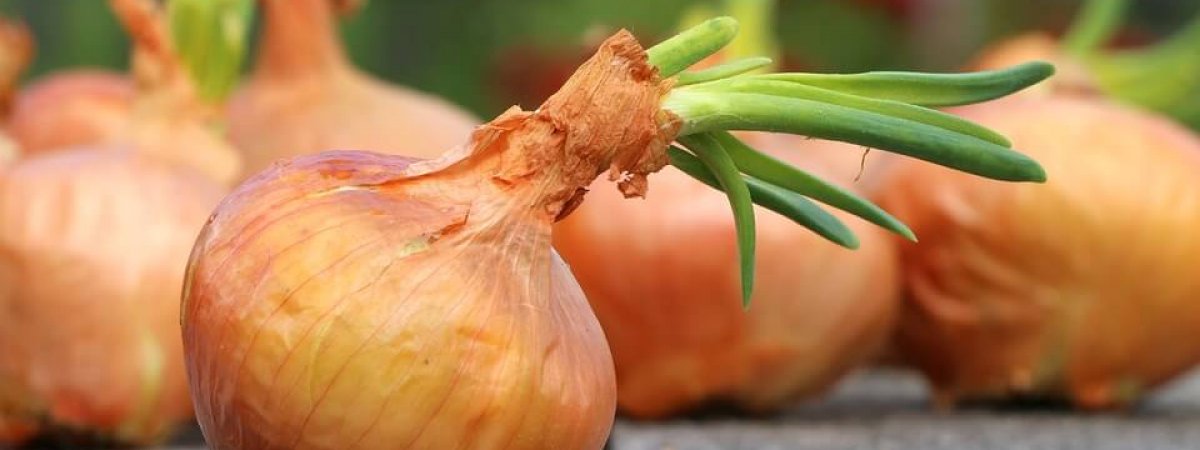Onions are an easy cold-season crop that you can grow in your background under proper guidance. If you are someone who loves gardening and seeks growing daily vegetables organically at home, you are in the right place.
In this blog, we have shared all the information on how to grow onions from seed, how to take care of onions, and what are the significant things you need to keep in mind throughout the process – from planting and growing to harvesting onion.
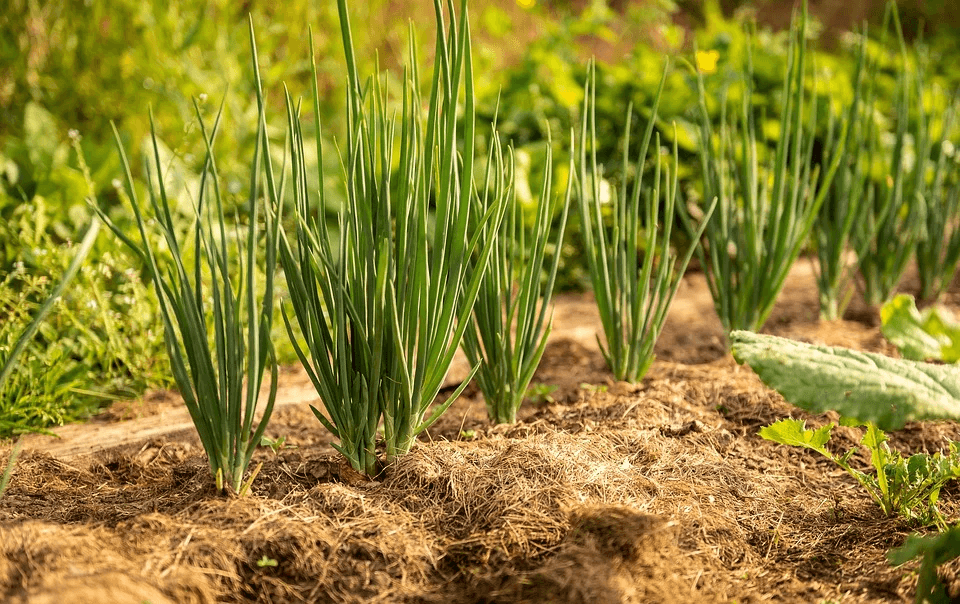
How to Grow Onions from Seed
You may wonder that if there is only one way to grow onions – from seeds. No. There are two ways to grow onions – from seeds and from sets. Onion sets are miniature onions (onion bulbs) sold in the market particularly for the purpose of gardening. We will discuss both the methods, however, the major focus is on the former method, that is, how to grow onions from seeds.
Let’s get started.
Growing onions from seed might seem to be a longer process, but it allows you to grow the vegetables wherever you wish, even indoors! When you plan to plant onions in the garden, you also need to pay attention to choosing the right onion seeds. There are three varieties of seeds you can choose from, like:
Short-day Onions: Variety that is easily grown in warmer or mild climatic regions through the winter and fall months. Mostly harvested in the months of March, April and May. These kinds of onions bulb if the sunlight goes beyond 10-13 hours.
Example of short-day onions are Vidalia, Red Burgundy and Red Creole.
Day-neutral/Intermediate-day Onions: Variety that can be grown in any type of climate. These onions tend to bulb when sunlight crosses 12-14 hours. Examples of intermediate-day onions are Cabernet and Candy.
Long-day Onions: Variety that can be grown easily in the North or any cooler region. These are sown easily under sunlight and usually transplanted to the backyard/garden in spring.
So, there’s sufficient time before the onions start to bulb. They tend to bulb when sunlights crosses 14-16 hours. Examples of long-day onions include White Sweet Spanish, Ailsa Craig, and Paterson.
Note: Onion seeds are not long-lasting so purchase them only if you plan to use them within a year or two. In case you want to store the onion seeds for winter, choose varieties that are popular for long storage capabilities. Also, consider the time and growing area.
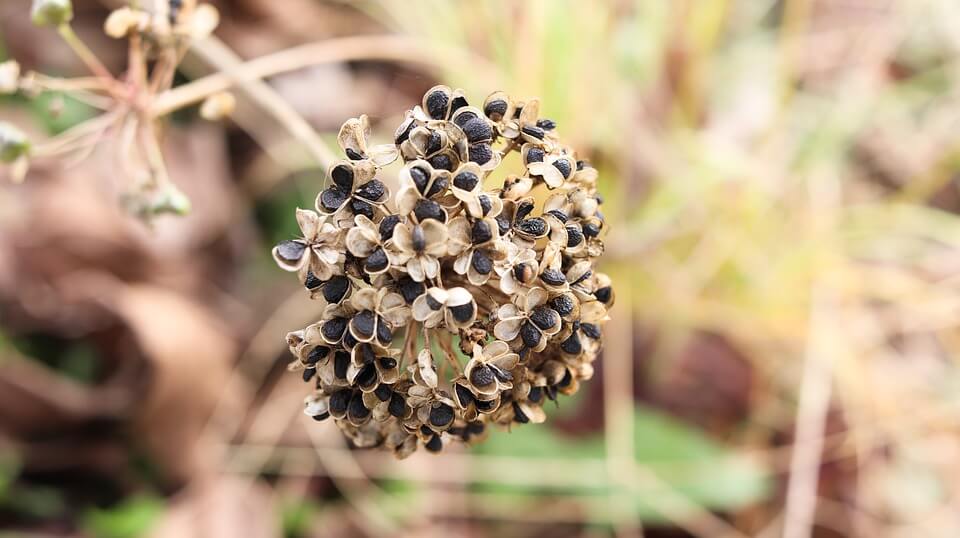
Now that we have brought up the time and location of growing onions, let’s understand it better.
When should I grow onions?
- Onions can be easily planted in the fall and spring seasons. It is always suggested to plant the seeds or sets in cool weather, not particularly cold. The ideal temperature to plant the crop must not be below 28°F.
- When you plant onions during fall, it needs a minimum of 4-6 weeks of warm or mild temperature for it to get adapted to the ground. Onions grow larger and taste better when planted in the fall season.
- When planted in the winter season, they continue remaining dormant until spring after which they start growing.
- In regions experiencing extreme winter, it is good to grow onions in the spring season, soon after the ground is worked – late March or April.
- You can plant your onions in warm autumn soil to allow them to establish a strong root system prior to the onset of winter.
- When planting onion from seeds, initiate the process indoors around 6 weeks before transplanting them to the backyard or garden. Onion seeds require a minimum of 50°F of temperature to germinate as expected.
The process of growing onions from seed
Requirements:
- Onion seeds
- Soft string or twine
- Multi-purpose, peat-free compost
- Trowel
- Small pots or seed tray
- How
- Watering can with a rose attachment
Steps to follow
Start with sowing the seeds in a tray or pot filled with seed compost. Try placing the small seeds about 1cm apart and cover it lightly with a thin layer of compost. Moisten the pot with water.
When you see the seedlings growing a few inches tall, take them out carefully to transplant into fresh compost in the garden. Keep a gap of 10-15cm while transplanting the seedlings in your garden.
With a watering can, moisten the seedlings after planting to settle soil around the roots. Ensure to water the seedlings regularly in dry weather.
Hoe the onions regularly to keep away from weeds. You can use a circle hoe or onion hoe to weed small spaces.
During late summer, remove some earth from the bulbs to get them under the sun. Harvest the onions once the leaves turn yellow and the stem starts to bend over.
Note: Allow the leaves to dry before lifting the bulbs.
Alternative method:
- In Spring, you can plant heat-treated onion sets in soil that is enriched with organic matter, has large stones and free from weeds.
- Plant the sets at a distance of 10-15cm each with their tips protruding.
- Water the planted sets and cover them with horticultural fleece immediately to keep it safe from birds.
- Once the sets are firmly rooted, you can uncover the developing crops.
How to grow onions from onion sets
- Select onion sets of around 3/4–inch diameter. Larger sets may produce hard necks and go to seed fast.
- While planting, keep the sets at a distance of 4-6 inches.
- While transplanting the young plant in the garden, maintain a distance of 4-5 inches between rows and plant them 12-18 inches apart in a line.
- Set the bulbs with the tip protruding and ensure you don’t bury them more than an inch below the soil.
- Once the sets are in the soil, cover them with half an inch of straw or shredded leaves to retain moisture and keep away weeds.
- As soon as you see onions growing through the surface, put some more shredded leaves on it.
Frequently asked questions to grow onions from seed
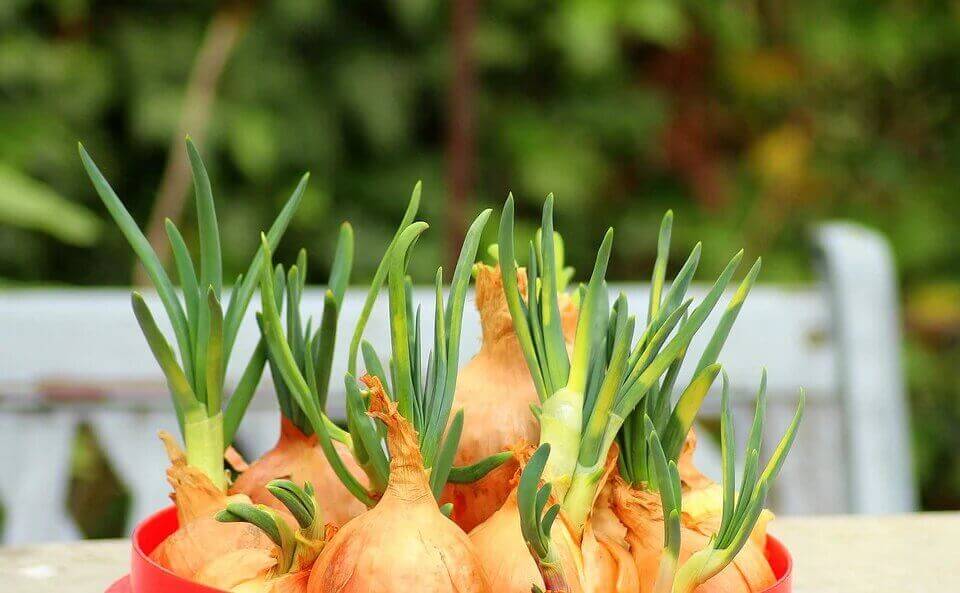
How to prepare the planting site?
- To grow perfect and tasty onions, be it in fall or spring, you need to ensure the quality of the soil. It should be loose, fertile, and well-drained.
- Onions are heavy feeders and demand regular nourishment to yield larger bulbs. So, add aged compost or manure to the soil in the early spring or fall season.
- If you reside in an area with hard soil or heavy clay, add a little sand to it in order to loosen the soil for proper growth of the plant.
- Always select a location with proper sunlight. A place where the onion plant won’t be shaded or crowded over by other plants.
- Before planting, add an inch of compost in the holes (a trench about 3inches wide and 2 inches deep) dug in each row.
Can I plant a sprouted onion?
Yes, you can. However, you will not get more onions by planting a sprouted onion, but lots of delicious green sprouts! Read on to know how?
- Put potting soil in a pot of your choice. Dig a hole in the middle of the pot of the width and height of the sprouted onion.
- Place the onion in the area and cover it with soil.
- Moisten the pot and expose is to the sun.
- Harvest green sprouts as and when needed.
Note: In case you see a sprout having a flower, hold on until it becomes a seed. Save it to grow onions in the spring season.
How to care for onions
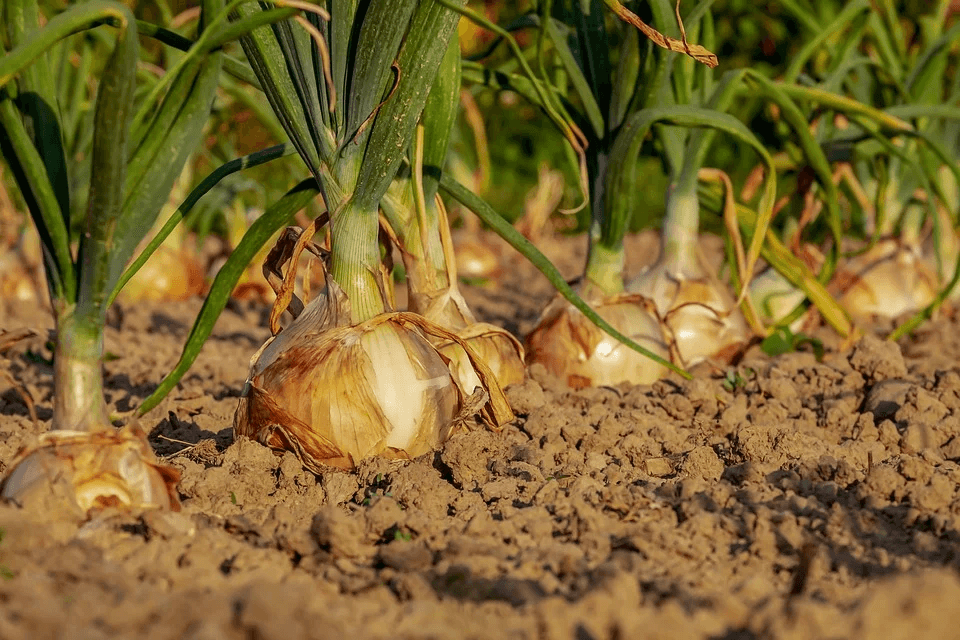
It is essential to take proper care of your onion plant to get the best-quality produce. Here are a few things to keep in mind:
- Consider onions as a leaf crop instead of a root crop.
- Fertilize the plant with nitrogen at an interval of few weeks to ensure it yields larger bulbs.
- Stop fertilizing when you see onions rising through the soil and as the bulbing phase starts.
- Do not cover the onion again with the soil. The bulbs require proper space to emerge well above the soil.
- Usually, onion plants don’t need regular watering when you use mulch. Around 1 inch of water every week should be adequate. For sweeter onions, water more.
- Onions look healthy even when they are dry. So, ensure that you water during dry conditions as well.
To protect the crop from pests:
Thrips – Thrips are tiny insects of the width of a sewing needle. You can control thrips from damaging your plant by using a dark piece of paper. Take the piece of paper and knock the top of the onions against it. If there will be thrips, you will notice their tan-colored bodies on the dark color paper. There are a couple of easy treatments using insecticidal soap that should kill them. All you need to do is follow the directions on the package. Spray the water twice in every three days, and the thrips will go away.
Onion Maggots – You need to cover your fresh onion crop using a fine mesh netting. Seal it around the edges with mounding soil. Onion maggots are known for laying eggs at the bottom of the plants, and putting the net in place will prevent it. In case of the risk of onion maggots, keep away the mulch as they prefer decaying organic matter. Also, ensure to harvest the onions completely over the season. These insects are a problem during extremely rainy periods. So, if you have dry seasons, you won’t need to take these precautions at all.
How to harvest onions
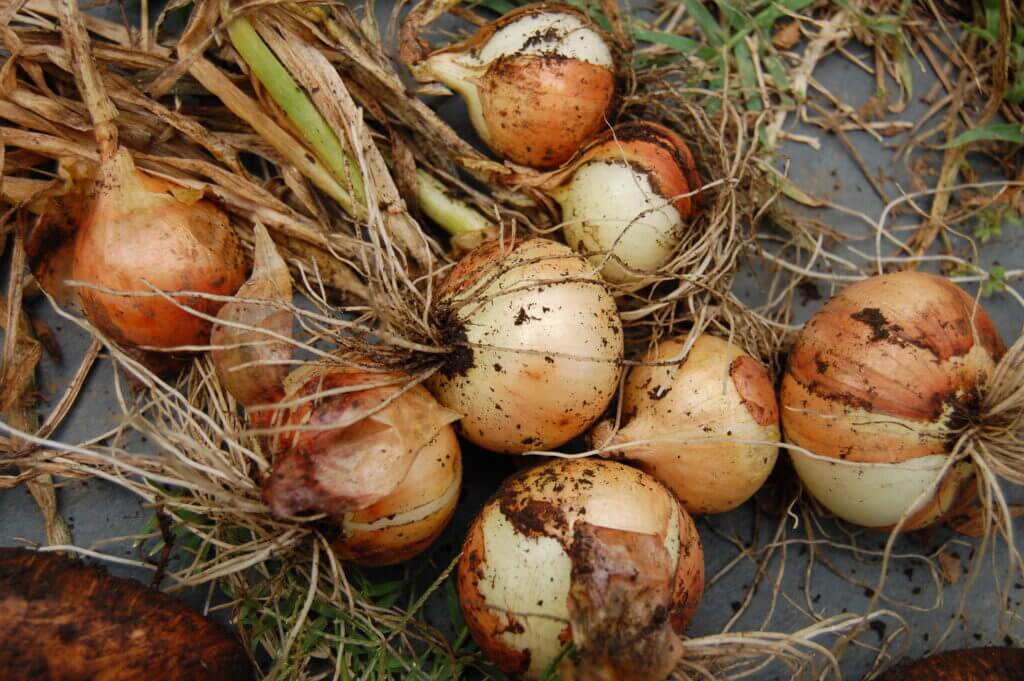
The onions that send up stalks of the flower are the ones ready to pull. These are the onions that stop growing further. You can use these for cooking within a few days.
- To harvest mature onions, wait for their tops to turn yellow and start falling over. This is when you know the onions are ready for the final ripening stage. Stomp on the tops or bend them down to speed the final growing process.
- To encourage drying, loosen the soil near the emerging bulbs.
- Pull the onions when tops are brown.
- Make sure you harvest in the late summer season, or before extreme winters. In the fall season, mature onions may get spoiled.
How can I store onions?
- Start from clipping the roots and cutting the tops back to an inch. However, if the plan is to braid onions, let the tops be.
- Leave the onions on the ground for a couple of days, if the weather permits.
- A slight mishandling can lead to rotting of the crop. So, make sure you handle the fresh onions carefully.
- Before storing onions, allow them to dry for a few weeks in a root cellar or other kind of storage area. Spread them on an open screen on the ground to dry.
- Store the dried onions in braids at a temperature range of 40 to 50°F. You can also store them in a nylon stocking or mesh bag after removing the stems.
- Mature and dry-skinned bulbs should be stored in a dry and cool place.
- Never store onions with pears or apples because the ethylene gas produced from the fruits will spoil dormancy of the onions. And, onions may also affect the flavor of the fruits and also potatoes.
- Pungent onions can be stored longer than sweet onions. Use the sweet ones first and store the pungent ones for later.
Some additional information about onions
- Apply crop rotation technique for onions. In simpler words, never plant onions in the same area every year. It will lead to the spreading of diseases/pests.
- To have mild-tasting onions, pour boiling water over the onion slices or soak them in milk for 20 minutes. Rinse them with cold water before use.
- Generations ago, mashed onions were used to treat children. The paste or poultice was used over a wound.
- People of the Middle Ages believed that baldness, headaches and snakebite can be cured with onion juice.
- To draw out the fever, slices of onions were placed on the feet soles, and onion was prescribed to be eaten before going to bed for curing a cold overnight.
- Earlier, men prepared a cough syrup using raw onion slices steeped in honey overnight.
- Raw onion can relieve the itching and pain of an insect bite or bee sting. Simply, rub it on the affected area!
Conclusion
We hope you are well-versed on how to grow onions from seeds and the alternative methods by now. You can refer to the processes mentioned of taking care, harvesting, and storing onions for later use. Do share your experience of growing onions from seed.

